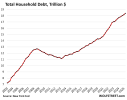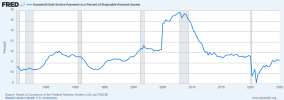Your sources appear to be accurate....gut feeling only....one must wonder if these large national firms have signed, agreed, or something with these large mortgage bankers to do these hybrids or the new UAD.
Coincidence that they are looking for appraisers near the release date?
They drive all of the IFA out...volume picks up...two avenues.
1. Increase waivers.
2. National firms hire newbs/perea to complete the work.
Here is the email
I’m xxxx, the Recruiting Manager at
True Footage—the largest residential appraisal firm in the U.S.
We’re growing and actively looking for
Certified Residential Appraisers in the
Raleigh and Greensboro markets.
If you’re committed to quality and want the backing of a supportive, tech-savvy team—we want to hear from you.



